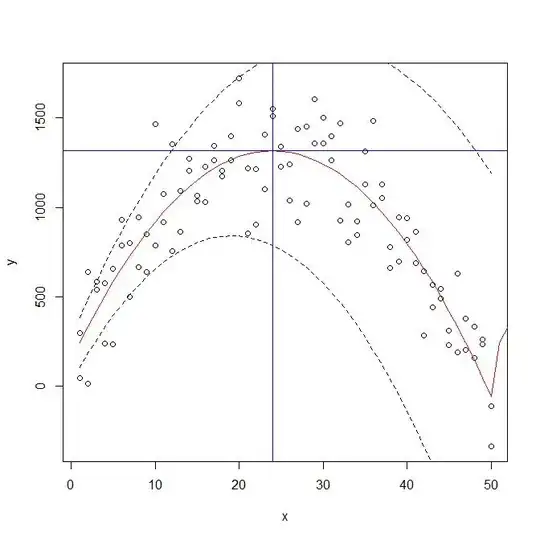I have fitted both models by using lifelines python library.
The results of .event_table from both models are identically matched.
However, when I try to recalculate .cumulative_density_ from KaplanMeierFitter() and .cumulative_hazard_ from NelsonAalenFitter(), the results cannot be matched.
$$ P\left(die(t_i)\right) = \sum_{t\leq t_i}P_{die(t)} $$
I have used the above formula for cumulative density.
$$ \hat{H}(t) = \sum_{t_i\leq t}\frac{d_i}{t_i} $$
I have used the above formula for cumulative hazard.
I also add the data table results from the fitting and seeking for help.
Any suggestion on this please help. Thanks!
